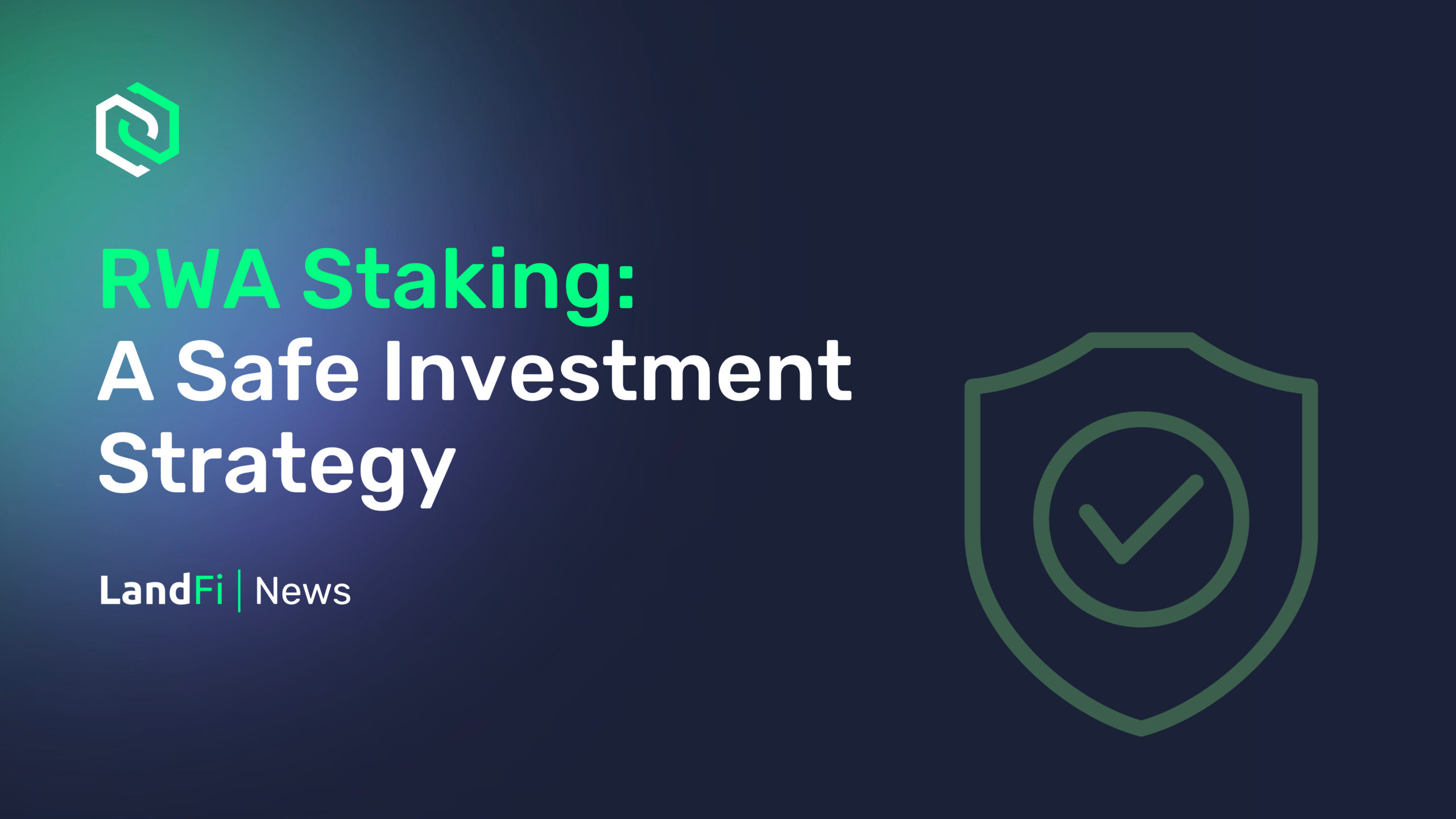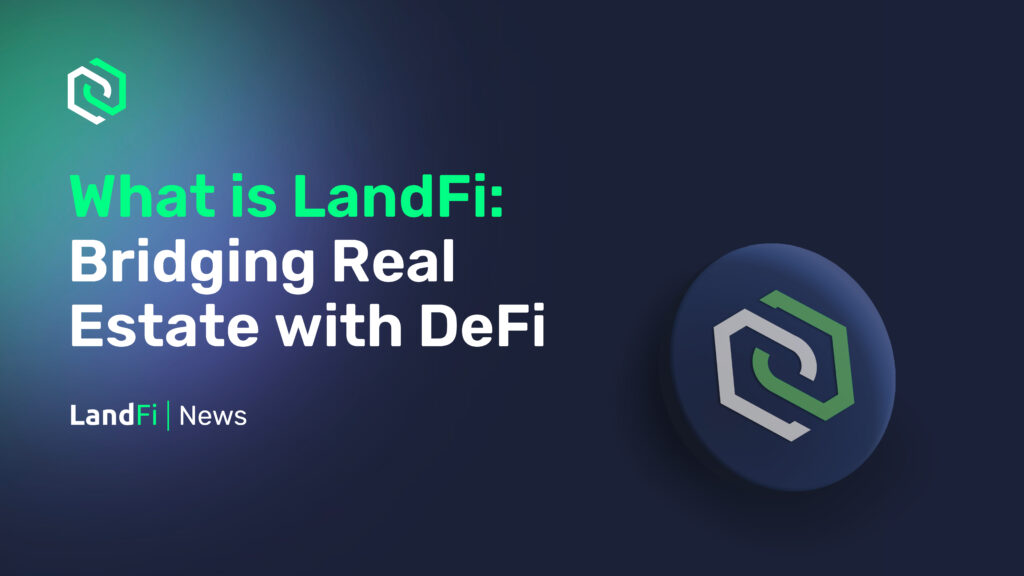In the rapidly evolving landscape of decentralised finance (DeFi), Real-World Assets (RWA) have emerged as one of the most promising bridges between traditional finance and blockchain innovation. Among the many ways investors can participate in RWA-based protocols, staking stands out for its blend of passive income potential and relative safety. But what exactly makes staking in RWA a safer investment compared to other crypto opportunities?
Let’s break it down.
What Are RWAs?
Real-World Assets refer to tangible or legally recognised assets, such as real estate, government bonds, invoices, or commodities that are tokenised and represented on a blockchain. The value of these tokens is backed by the actual assets themselves, often audited and managed by regulated entities.
Tokenising RWAs brings liquidity, transparency, and accessibility to traditionally illiquid markets, allowing more investors to gain exposure to high-quality assets without the barriers of traditional finance.
What Is Staking in RWA Protocols?
Staking typically involves locking up your tokens in a protocol to support its operations—such as providing liquidity, securing the network, or participating in governance in return for rewards. In the context of RWA, staking can mean:
- Staking governance tokens to participate in protocol decisions and earn rewards
- Providing liquidity for asset-backed tokens in a decentralised marketplace
- Delegating capital to yield-generating RWA strategies (e.g., tokenised Treasury bills or real estate debt)
Why It’s Safer Than Other DeFi Investments
Here are several reasons why staking in RWA can be considered a relatively safe investment option:
Backed by Tangible Value
Unlike many crypto tokens that rely on speculation, RWA tokens are backed by real assets. That means the value isn’t just theoretical, it’s tied to cash flows from real estate leases, interest payments on bonds, or corporate invoices.
Reduced Volatility
Crypto markets are notoriously volatile. However, RWA tokens tend to be more stable because their value is pegged to traditional assets that don’t fluctuate as wildly. This makes RWA staking attractive for conservative investors seeking yield without high risk.
Regulatory Alignment
Many RWA protocols are designed with compliance in mind, often registering with financial regulators or partnering with licensed custodians. This level of regulatory oversight reduces the risk of fraud and increases investor protections.
Transparent Risk Management
Because RWAs are tied to real-world legal systems, investors have access to clear documentation, audits, and legal recourse. This level of transparency is rare in most DeFi projects, where anonymity and opaque smart contracts are more common.
Predictable Yields
Many RWA projects offer returns based on predictable income streams, like interest on loans or lease payments. This contrasts sharply with yield farming or meme token staking, where rewards are often unsustainable or based on speculation.
Final Thoughts
Staking in Real-World Assets represents a meaningful shift toward sustainable, lower-risk yields in crypto. By leveraging the reliability of traditional finance and the innovation of blockchain, RWA staking provides a unique opportunity for investors who want exposure to DeFi without the rollercoaster of speculation.
As the ecosystem matures, expect even more secure, transparent, and rewarding ways to earn passive income through RWA staking.
In a sea of high-risk speculation, RWA staking might just be the anchor your portfolio needs.


